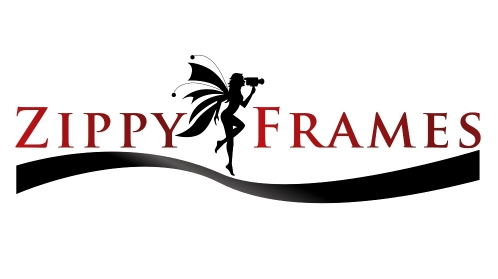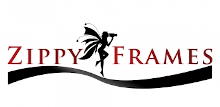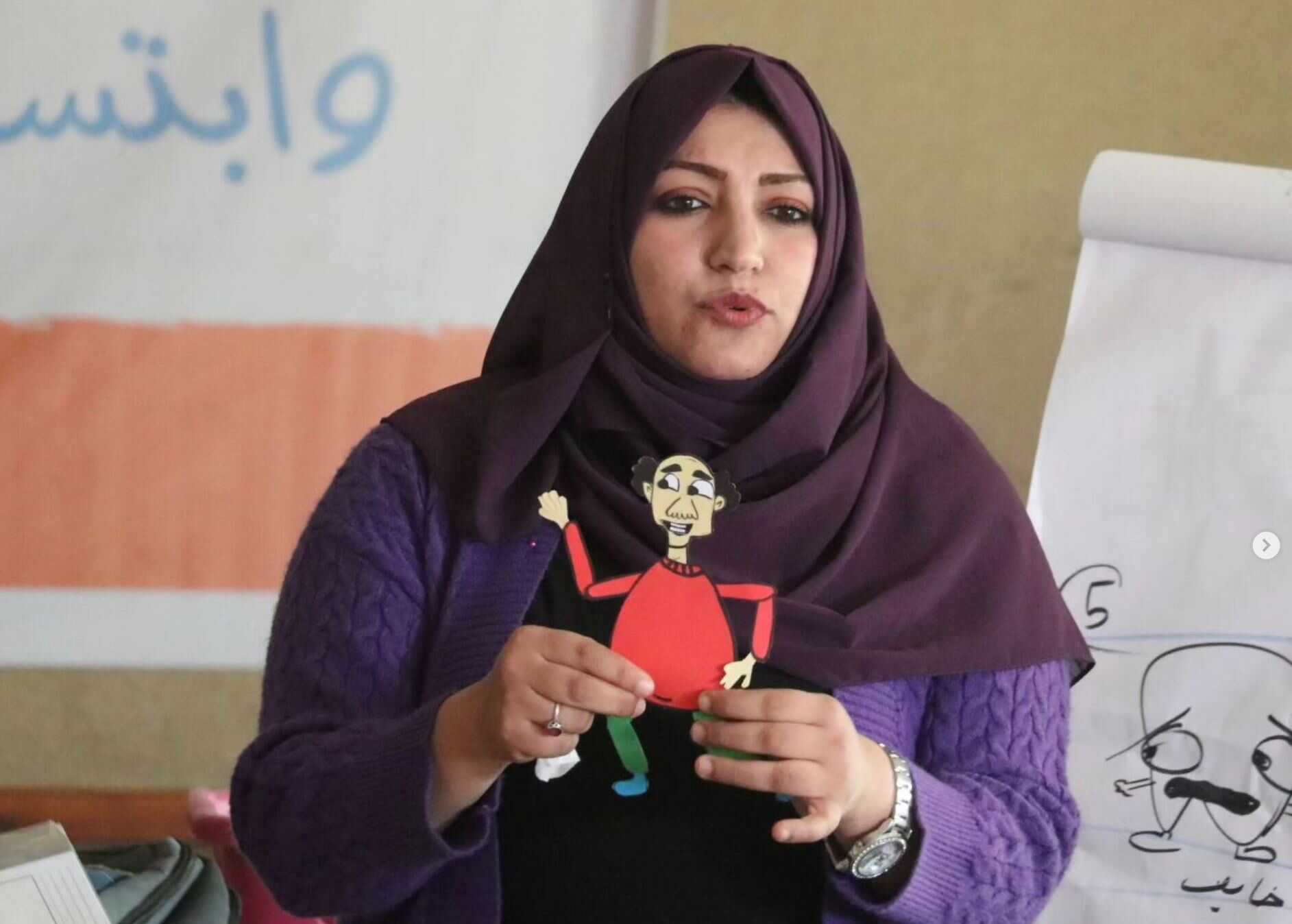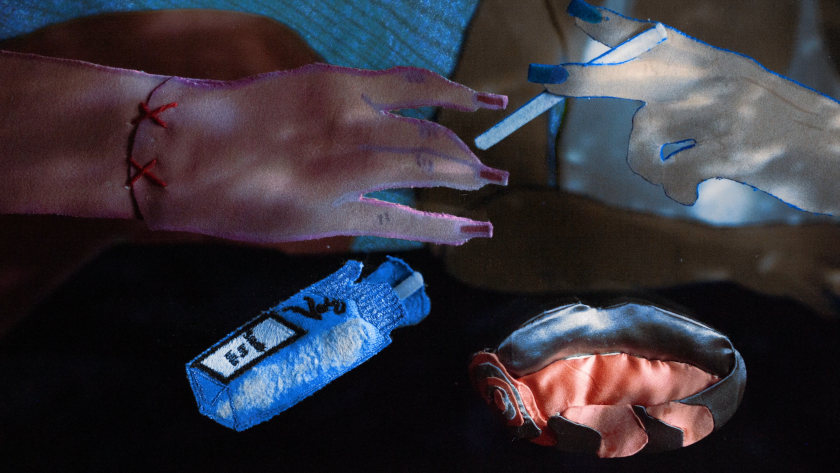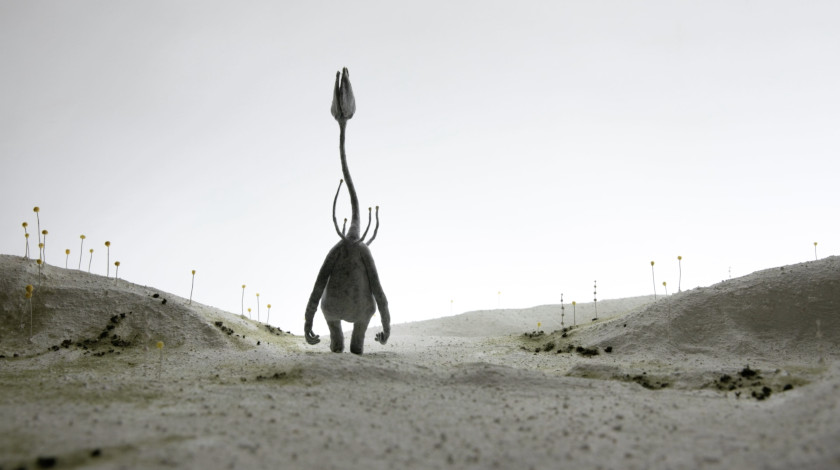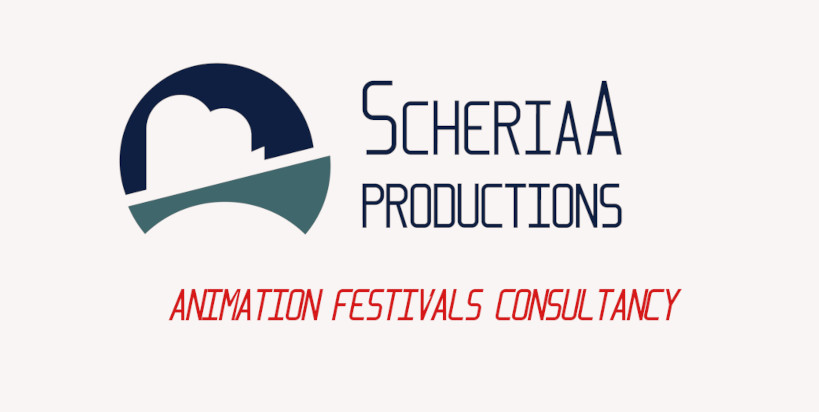Palestinian Animation at StopTrik: An Interview with Ahmad Saleh
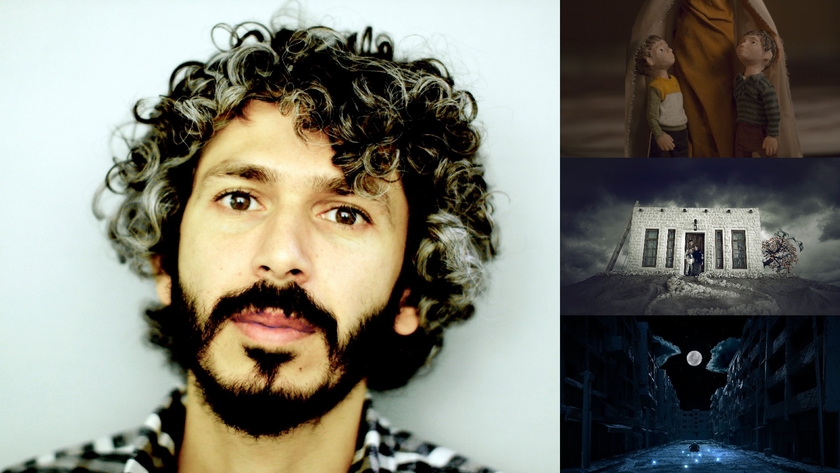
The 14th StopTrik International Film Festival’s spotlight on Palestinian animation featured the work of Saudia Arabia-born Palestinian filmmaker Ahmad Saleh and Libya-born Palestinian illustrator Samira Badran, two Palestinian artists making vastly different forms of creative work. I first encountered the work of Saleh at Filmfest Dresden earlier this year in April, when the festival screened his first short film ‘House’ (2012) during the opening ceremony as part of a broader commentary on current events. I immediately found it to be a very direct but easy-to-understand allegory, using the titular property to represent Palestine. But encountering it again during Stoptrik completely recontextualized the work for me: new location, new space, and new meaning.
Stoptrik’s topical strand was broken into several parts, one being a roundtable between the two artists titled “Palestinian Animation: Forms of Resilience”, moderated by Urška Breznik. The talk acted more like a masterclass, diving into great detail regarding each artist’s selected project and objectives. Badran, a visual artist based in Barcelona, presented her short film, ‘Memory of the Land’ (2017), in which a pair of legs must cross through a checkpoint installed by Israeli authorities and is met by obstacles and different forms of violence. She joked that she had no intentions of doing film again and saw the work as more of an experimental project, whereas illustration still remains her primary medium. Even as a symbolism-laden piece, the film used recognizable imagery to create a synecdoche for the Palestinian cause, which Badran explored by sharing a set of photos she took of the checkpoints and different sites during several visits.
Saleh’s puppet short took a different approach — albeit with similar goals. After a screening of ‘House', Saleh explained that he understands how the film might be perceived by audiences familiar with Palestinian history — frankly, as a very straightforward metaphor. But to him, that was the point: he had spent so much time trying to explain to German peers and colleagues the story of Palestine in an accessible way that it eventually morphed into ‘House’.

Ahmad Saleh performs at the Maribor Puppet Theater during Stoptrik (Photo: Andrej Firm)
The filmmaker’s oeuvre was highlighted as part of a storytelling performance titled “Inside the TV Box, I Found the True Story of the People of Palestine” at the Maribor Puppet Theater, a fitting location for the stop-motion filmmaker who mainly works with puppets. This work presented three of his films — ‘House’, ‘Ayny - My Second Eye’ (2016), and finally ‘Night’ (2021) — between sections of freeform storytelling, another art form in which he frequently engages. The performance’s name is a reference to Saleh first finding a connection to his family’s homeland through television and media, later selecting to study there for his bachelor’s degree. Soon, he was quickly thrust into the reality of what he witnessed onscreen, confronted and searched in his home by soldiers day and night.
Saleh sees an implicit relationship between his live performance work and his films: “These stories? They make me think of something. For now, what I put in the films are the stories. And I try to show you the layers behind the kind of harsh reality, softening it with magic or with poetry. It’s my invitation for you to see beyond these layers. If you see the reality of a boy exploding, it’s harsh to see and it will block you. The films are actually just kind of documenting the under-layers of this story, like the things that will take you time to reach — and when you’re ready, we can talk.”
The filmmaker was referring to his second film, ‘Ayny - My Second Eye’ (also known solely as ‘Ayny’), which scooped a Student Academy Award for Best Foreign Animation and was his Academy of Media Arts Cologne graduation film. In the film, two young brothers are left without a home and follow their dream to learn to play the oud, lute-type stringed instrument developed out of the medieval Islamic period. “That’s why I think I naturally came to this performance, because I feel like the films set you up to open a conversation. The films on their own cannot finish the conversation, but at least it’s something to put you somewhere where you see,” said Saleh.

Being in constant contact with Badran and other animators at the festival, I also asked Saleh if any of these talks stirred up any new ideas or thoughts in him. He immediately referred to the conversations that occurred with him after the performance, where audience responses ranged from crying to pure silence: “The most valuable conversation was what happened after the performance. I feel it evolves all the time, and it changes [based on] the general mode or what is happening at the time. I use what the performance provokes as a conversation after.”
The first film that Saleh ever made was the first time he ever tried to sculpt something, which he approximates to 2009. He mentioned that making puppets started as a project with his brothers and family: “The way we started — it’s not like we were doing puppets or something. We were not into film in general. None of us were. My brothers — one studied industrial design, one studied graphic design. Handcrafts were just a hobby for my mom to do. I tried everything. I tried 3D, I tried real film, I tried photography. I tried to do these stories but with puppets, although it was really the last thing that we would imagine to do. The nice thing about it is that it gives you that feeling that you are really looking at something physical and real, but you know it’s not real. It gave me that feeling of like, ‘Am I in reality or not?’ All the time, when I was in Palestine, I was really like, ‘Are these real humans?’”
We began to discuss those very depictions of people, which, for his puppets, are very specific — but also range in expressiveness between his films. “We built them based on real characters. In ‘Ayny - My Second Eye’, we found kids and we asked them to give us their photos when they were younger [...] we made the design look like them, and we kind of cast people. We tried to stay with the clothes and how people dressed and all that, to keep it open,” he explained.
Elaborating more, Saleh explored how he also drew from certain locations or striking images to craft his own versions of specificity: “Because the films are really picture-driven, so the people and the surroundings both tell something. Sometimes we ‘cast' people from memory, or sometimes we “cast” from pictures for the place. For example, the image from the first scene in ‘Ayny’ where you see a house, you think it’s standing, but then slowly you realize it’s actually lying on the ground." Saleh described how he saw a picture from Gaza featuring a minaret of a mosque that looks like it's standing upright. However, the image was actually shot from a drone, meaning the minaret had toppled over but was lying intact on the ground. Taking in the picture requires the viewer to do a double take — or at least spend slightly more time to understand the logic of the photo.
"It took me a while, while looking at the picture, to figure out what was going on. Is the mosque standing?" Saleh repeated his own thought process out loud. The animator realized the disorientation he felt while viewing this image automatically led him to the need to reorient himself, a technique he employs with the audience in 'Ayny' — disorientation requiring the audience to refocus and reorient themselves in order to better understand what they are witnessing.
Watch the trailer for Ahmad Saleh's 'Night'
Saleh is currently working on a feature film which he describes as an adaptation of his theatrical performance as a “natural outcome” of these repeated acts, highlighting the collection of stories within the performances. Currently, the form and style are undecided: his initial idea was to have a performance film, as it would be the fastest way to make the work, as long as it lived up to the standards he had for the film's emotive impact.
However, he also shared his reservations about using animation for a feature film: "[I didn’t want] to get too crazy about 10 years of animation just because I want to do animation. For now, I’m leaving it open. It could all be live-action. It could all be animation. Once the story is there or the script is there, it will define the medium, not vice versa.”
The throughline of the feature, however, is crystal clear. It’s a narrative shared with his storytelling performance, which is uniquely subjective in that it is framed through Saleh’s lens of being a Palestinian not born or raised in Palestine, but choosing to go to better understand his background and his heritage. “This will be a journey of something trying to go back to Palestine. The main line is me trying to fit in, and I’m trying to prove that I can be like you. And I’m realizing every time that it’s not really easy to be like them,” he admitted.
One line stuck with Saleh through his performance: "The moment we think we know — it is the moment when we're losing our humanity". He shared with me that he made it up on the spot. To him, “it felt very profound, like I wrote it before” — or perhaps felt it inside himself before he even said it out loud. But only through the process of speaking to the audience did it come to him: “When you’re trying to communicate something, then the thought comes clearer. What I meant is that when we think we know others more than they know themselves is the time when we lose our humanity, which is actually true. This is how we are dealing with stories from other people.”
It thus becomes self-evident why Saleh is so drawn to the stories he depicts in his films: tales and experiences of ordinary people, like a vibrant young Syrian girl who came to Germany as a refugee who was afraid of the sea. While a film student in Germany, Saleh was encouraged to interact with a group of children who received asylum, and he decided to screen Hayao Miyazaki's Ponyo, thinking it would be perfect for the age group. After managing to convince the bubbly girl his name was "Falafel" — in reality, a joke about his hair — he later found the girl shaking uncontrollably during a scene with crashing waves, where she turned to him and said, "I hate the sea. It eats people."
Saleh froze and immediately stopped the screening. Why the young children might be afraid of water, even in such a charming animated film, hadn’t even occurred to Saleh until that moment when he realized they all came to Germany by a treacherous sea route, likely having witnessed traumas he could only begin to imagine. Meeting someone who not merely confronts one's perspective with opinions, but unsettles it entirely with lasting effect in light of their experiences, is what ultimately can create change, the filmmaker seems to express. He finishes with a tribute to the power of the lived experiences of everyday individuals: “Because we are trying to find the power in ourselves, the only inspiring stories are in the power of normal people. That’s what I’m realizing why these five years of living in Palestine was a big school for me — because I learned from people things that I didn’t expect I could see anywhere else.”
The 14th StopTrik International Film Festival took place between 25 and 29 September 2024.
